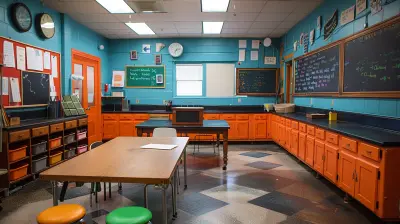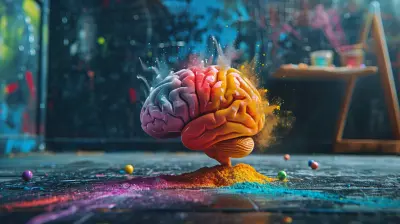Using Storytelling as a Tool for Creative Education
30 September 2025
Storytelling has been around since ancient times, shaping cultures, passing down wisdom, and sparking imagination. But did you know it can also be a powerful tool in education? Yup, storytelling isn’t just for bedtime tales or Hollywood movies; it’s a game-changer in the classroom.
When used effectively, storytelling can transform the learning experience, making complex subjects easier to understand, lessons more engaging, and creativity second nature. So, how does it work? How can teachers and educators use storytelling to boost creativity and learning? Let’s dive in! 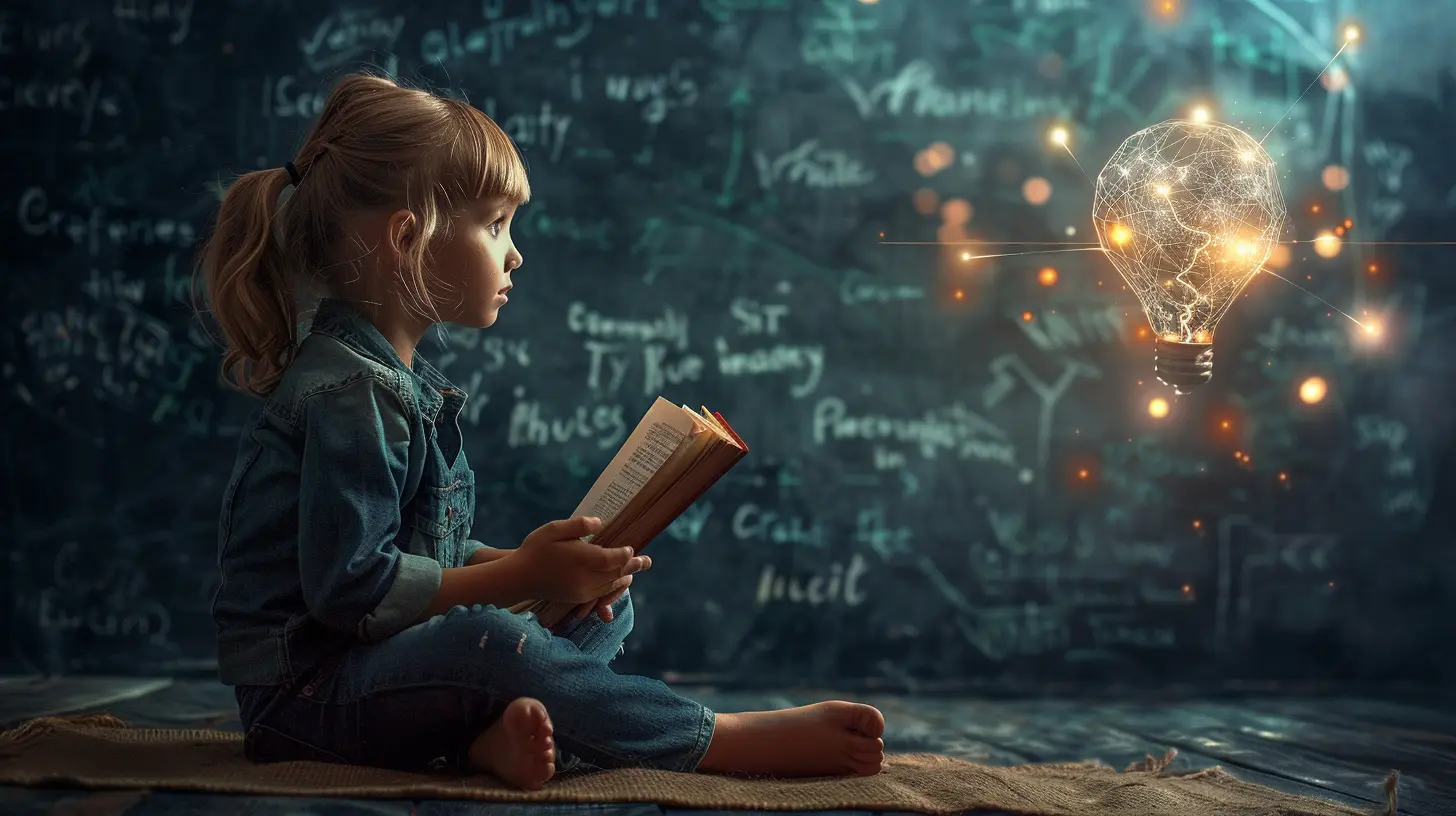
Why Storytelling Works in Education
Think back to your school days. Which lessons stuck with you the most? Chances are, the ones with the most engaging stories. That’s because our brains are wired for stories.The Science Behind Storytelling
When we hear a good story, our brains release oxytocin—the “feel-good” hormone responsible for empathy and connection. That means students don’t just hear a lesson; they feel it. Storytelling also activates multiple parts of the brain, including areas responsible for emotions, memory, and sensory experiences, making learning more immersive and memorable.Boosting Engagement and Retention
Traditional lectures can sometimes be... well, boring. But introduce a story, and suddenly, students perk up. The suspense, characters, and emotional twists keep them hooked, helping them absorb and retain information faster than dry facts and figures ever could.Encouraging Creativity and Imagination
Stories open the door to endless possibilities. They encourage students to think outside the box, visualize scenarios, and come up with their own conclusions, fostering creativity in ways textbooks simply can’t.
How Storytelling Enhances Creative Education
Now that we see why storytelling is effective, let’s look at how it can be applied in different educational settings.1. Bringing History to Life
History is often taught through dates, names, and events—pretty dry stuff, right? But what if students could experience history through a compelling narrative?Instead of saying, “The American Revolution began in 1775,” a teacher could start with:
"Imagine being in Boston in 1775, hearing whispers about rebellion, feeling the tension rise in the streets, and witnessing the first shots fired that would change history forever."
When students feel like they’re part of the story, they engage more deeply and remember details better.
2. Making Science Fascinating
Science is full of mind-blowing discoveries and fascinating experiments, but it can sometimes feel intimidating. Storytelling can change that.For example, instead of explaining Newton’s Laws in a dry manner, a teacher could tell a story about Newton sitting under an apple tree, watching an apple fall, and wondering why it happened. This small shift transforms science from abstract to relatable.
3. Sparking Creativity in Writing
One of the best ways to get students excited about writing is by immersing them in stories. When they hear great narratives, they’re more likely to craft their own creative tales.Teachers can encourage storytelling exercises like:
- Asking students to rewrite a classic fairy tale from a new perspective
- Creating a story based on a random set of words or images
- Writing an alternate ending to their favorite book or movie
This approach makes writing fun instead of a chore.
4. Teaching Life Lessons through Stories
Storytelling isn’t just for academic subjects; it’s also a powerful tool for teaching values, ethics, and problem-solving.Think about fables like The Tortoise and the Hare, which teach patience and perseverance. Or real-life stories of individuals overcoming adversity, inspiring students to stay motivated in their own lives.
Stories help students connect emotionally with lessons, making them more meaningful and impactful. 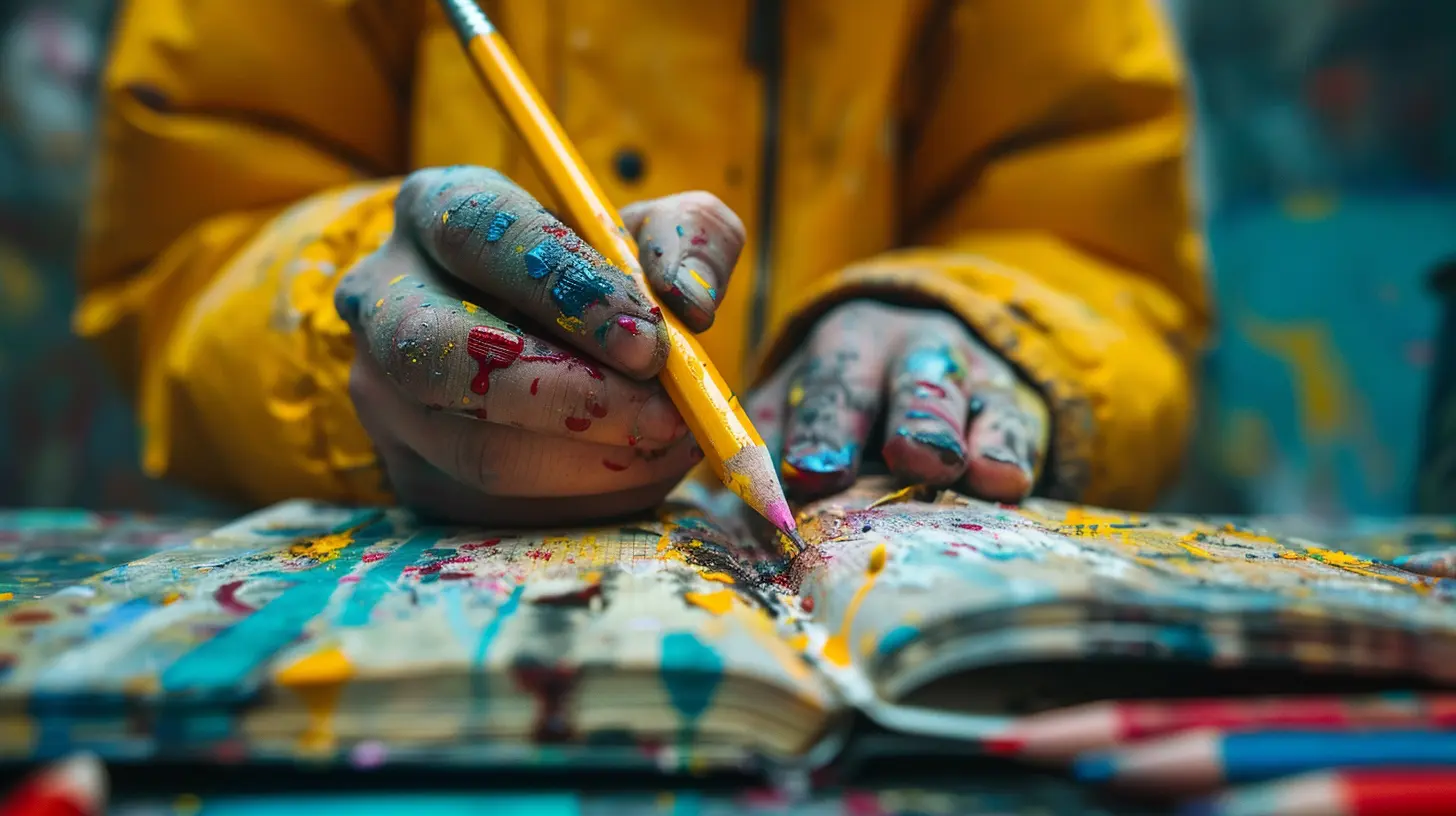
Practical Ways to Use Storytelling in the Classroom
Now that we know storytelling is a powerful educational tool, here are some practical ways teachers can bring it into the classroom:1. Start Every Lesson with a Story
Before diving into a topic, set the stage with a short story or anecdote related to the lesson. It can be a historical event, a personal experience, or even a fictional tale that introduces key concepts.2. Use Digital Storytelling
Technology has changed the way we tell stories. Teachers can use videos, animations, podcasts, and interactive storytelling apps to create engaging narratives. Websites like Storybird and Canva allow students to create their own digital stories, combining images and text effortlessly.3. Encourage Student Storytelling
Give students the opportunity to create and share their own stories. Whether it’s through spoken word, written narratives, or even visual storytelling (like comic strips), allowing them to express themselves enhances creativity and confidence.4. Role-Playing and Drama
Let students reenact historical events, scientific discoveries, or fictional scenes through role-playing. This hands-on approach makes learning dynamic and fun while reinforcing key lessons.5. Use Metaphors and Analogies
Comparing complex concepts to relatable experiences makes them easier to grasp. For example, explaining the circulatory system as "a highway for the body’s blood cells" gives students a clear visual of how it functions.6. Introduce “Story Circles”
Form small groups where students take turns adding to a story. This not only enhances creativity but also improves listening skills, teamwork, and communication.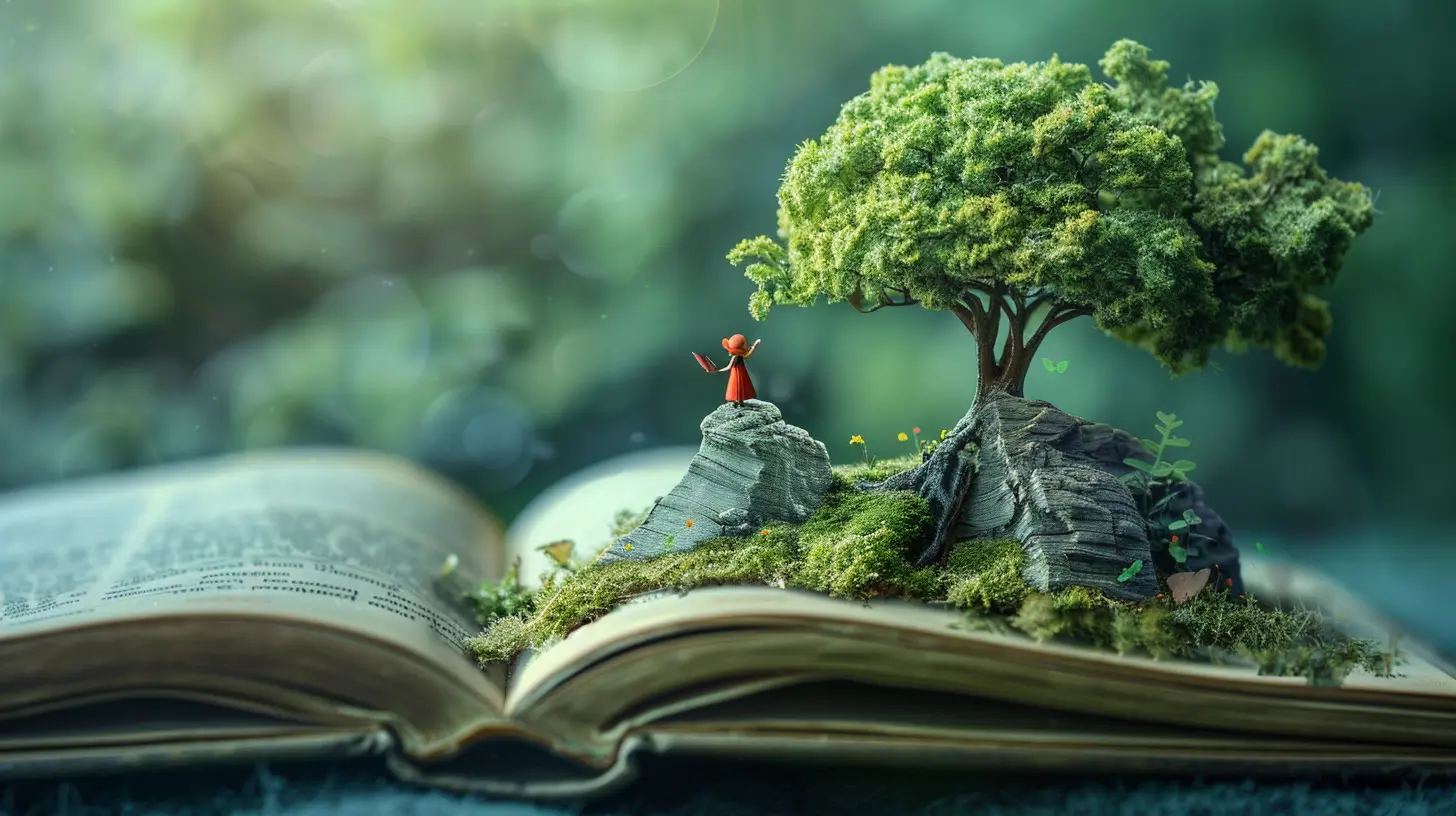
Overcoming Challenges in Storytelling-Based Education
While storytelling is an incredible tool, some educators might struggle with integrating it effectively. Here are some common challenges and solutions:“I Don’t Have Time for Stories”
Many teachers worry that storytelling takes up too much time. The reality? Even a 2–3 minute story can make a huge impact. It’s all about weaving stories seamlessly into the lesson instead of treating them as separate activities.“I’m Not a Good Storyteller”
You don’t have to be a professional storyteller to use this method. If reading aloud or narrating isn’t your strong suit, use digital storytelling tools, videos, or student-led storytelling activities.“Students Might Get Distracted”
It’s true—if not done right, stories can feel like just "entertainment." To keep students on track, always connect the story back to the lesson at the end with thought-provoking questions or discussions.Final Thoughts
Storytelling is more than just an art—it’s an essential educational tool that makes learning engaging, memorable, and creative. Whether it’s history, science, writing, or personal development, stories have the power to transform the classroom experience.So, the next time you step into a classroom or open a book, remember: every lesson is a story waiting to be told. Let’s make education an adventure instead of a task.
all images in this post were generated using AI tools
Category:
Creativity In EducationAuthor:

Eva Barker
Discussion
rate this article
1 comments
Duke Young
Storytelling is a powerful educational tool that fosters creativity, engagement, and critical thinking in students, making learning both enjoyable and memorable.
October 26, 2025 at 3:57 AM

Eva Barker
Thank you for highlighting the impact of storytelling in education! It truly enhances creativity and engagement in students, making learning a delightful experience.

